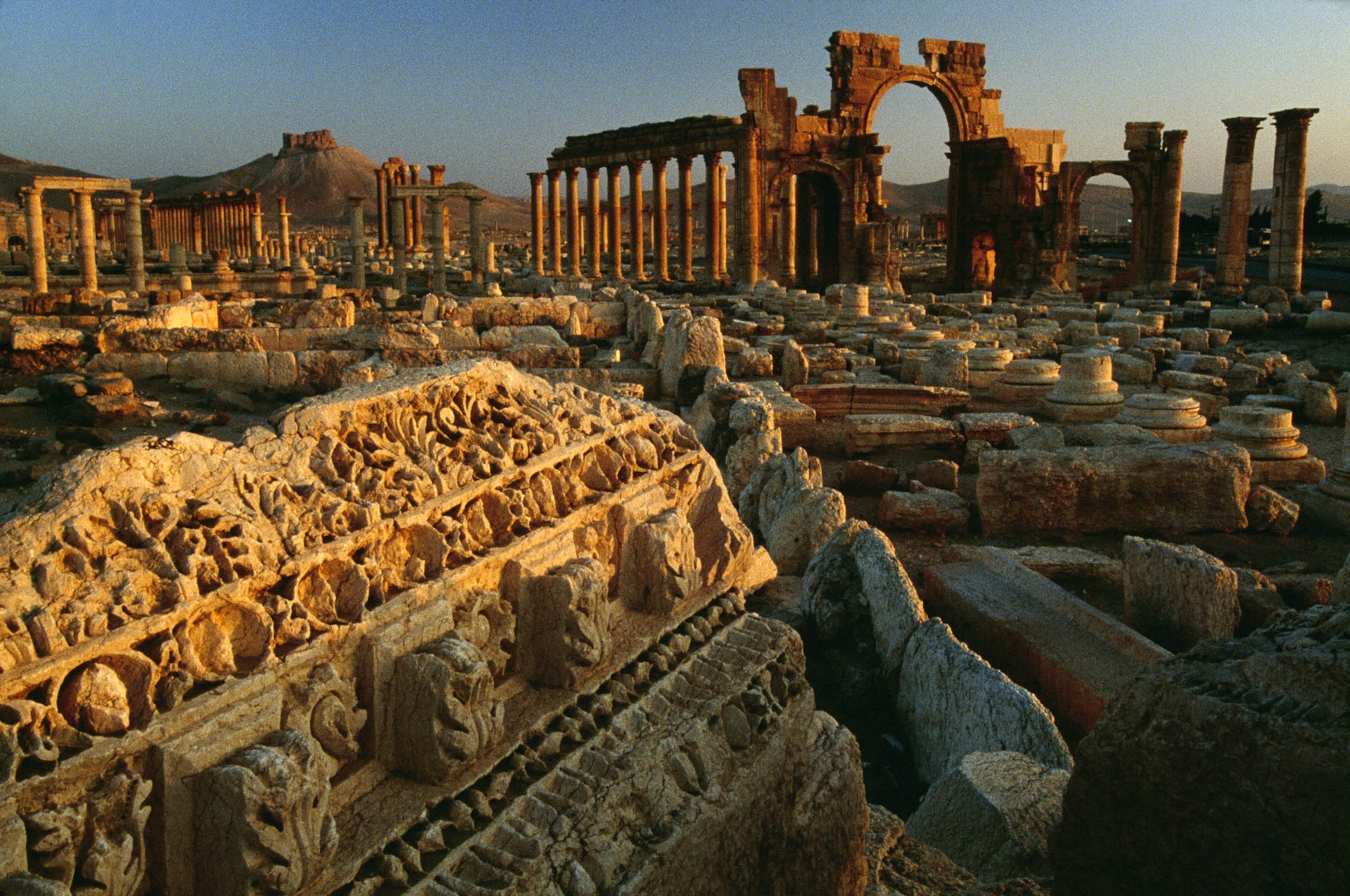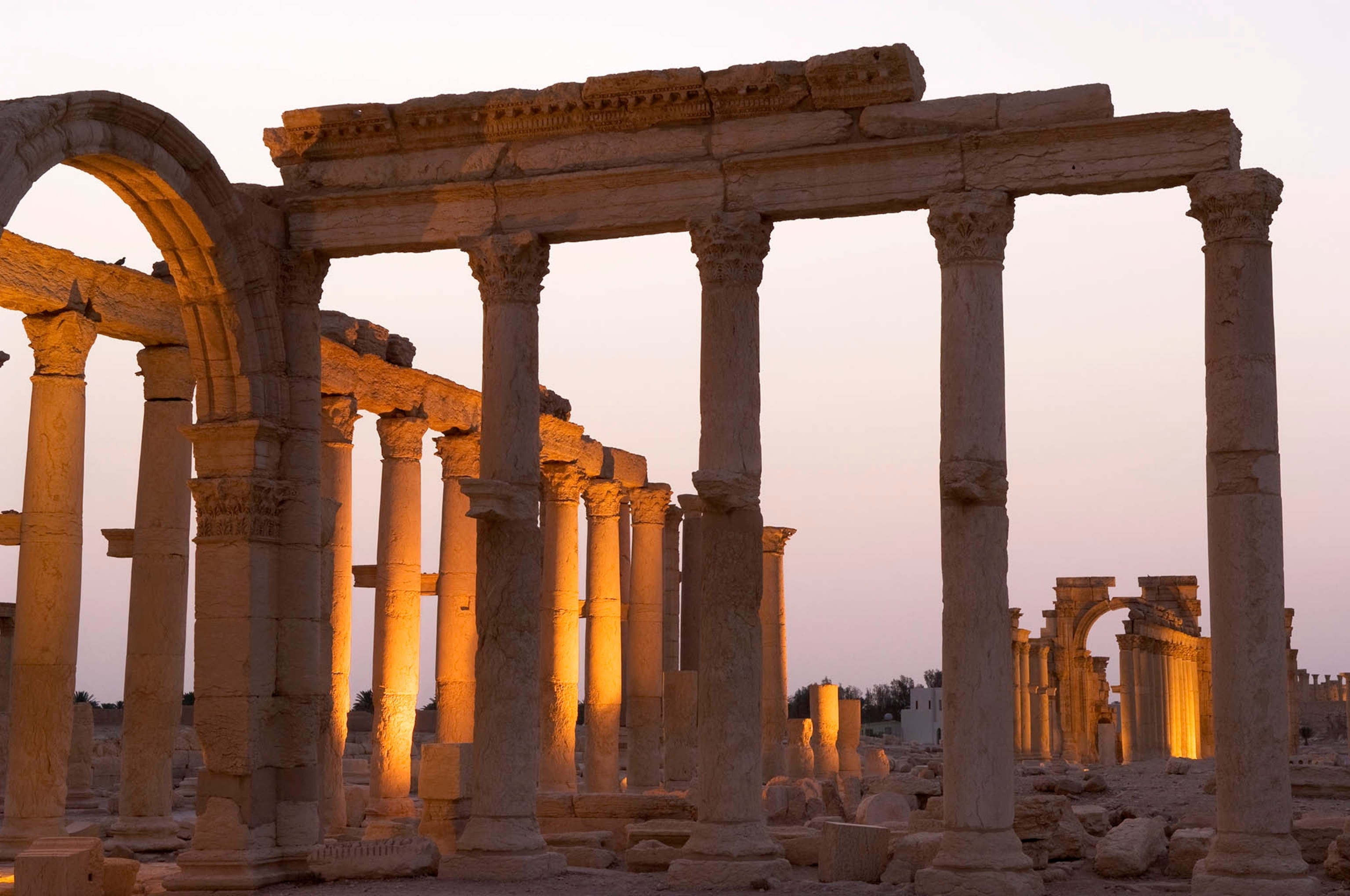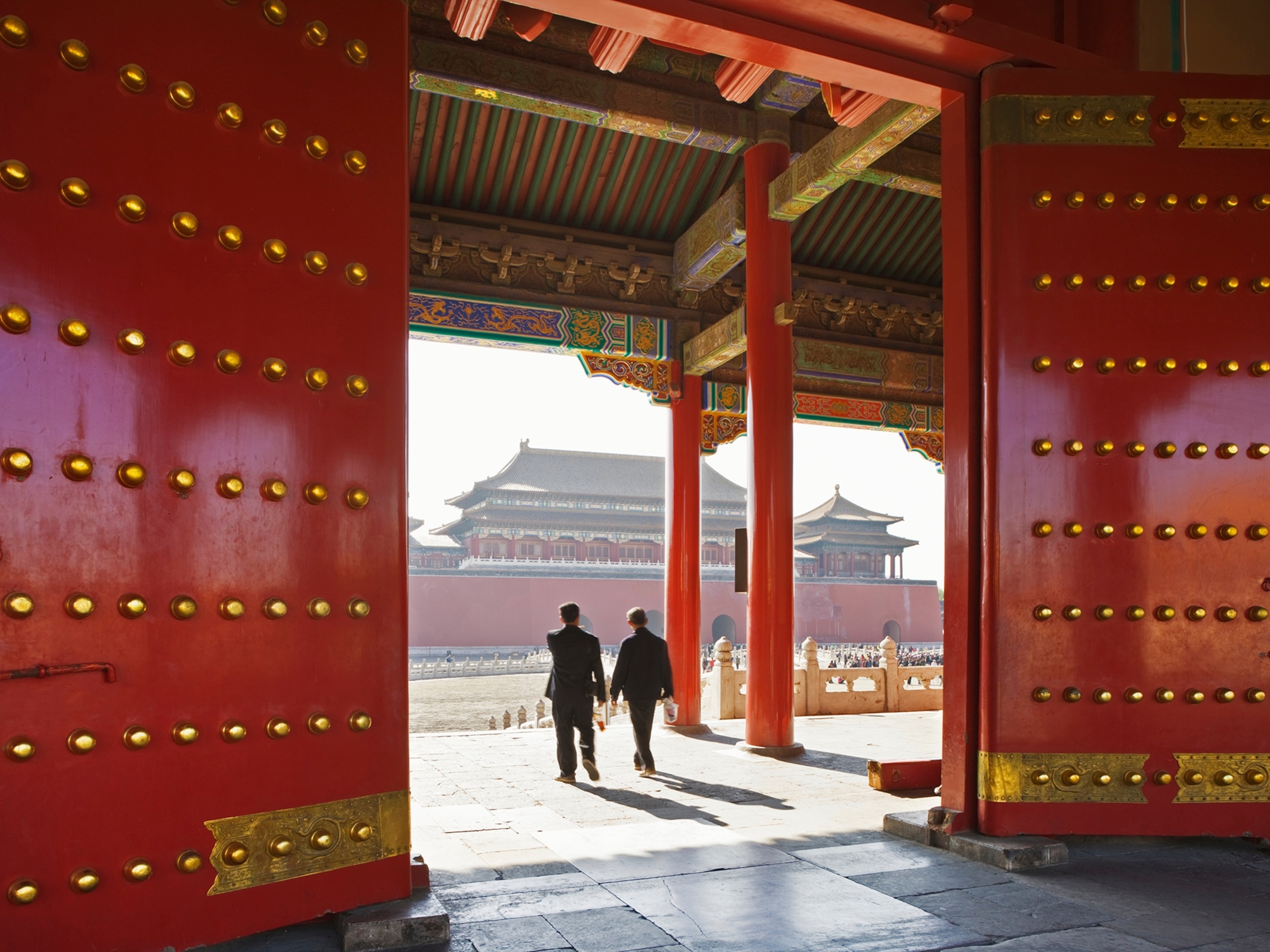
Ancient City Defied Rome, Now Faces Threat of Islamic State
ISIS closes in on World Heritage Site of Palmyra in Syria. Will this 2,000-year-old city face the same fate as Nimrud and Nineveh?
Updated Sunday, 9:00 ET
A remote desert oasis that rose to become one of the most important cultural centers of the ancient world is now on the front lines of a new battle between the Syrian army and the Islamic State.
The Islamic militants, commonly known as ISIS, pushed into the UNESCO World Heritage site of Palmyra on Saturday in central Syria. So far, though, a Syrian official says Palmyra is "safe" and the situation is "fully under control," according to recent reports.
Following the destruction of other significant cultural monuments by the Islamic State in Syria and Iraq, including the World Heritage Sites of Nimrud, Nineveh and Hatra, officials are concerned that ISIS poses an imminent threat to Palmyra, whose well-preserved Roman-era remains loom above the arid steppe some 134 miles (215 km) northeast of Damascus. (Learn why ISIS is targeting cultural heritage sites.)
“I appeal to all parties to protect Palmyra and make every effort to prevent its destruction,” says UNESCO Director-General Irina Bokova.

Until the outbreak of conflict in 2011, Palmyra was one of Syria’s most popular tourist destinations. Visitors from around the world flocked to see iconic monuments such as the 1200-yard (1.1 kilometer)-long Great Colonnade, built in the 2nd-3rd century A.D. and the Temple of Bel, dedicated in 32 A.D. (Find out how Palmyra thrived in the middle of an infertile desert.)
Since then, the remains of the city, currently under control of the Syrian government, have been a target of widespread looting and intermittent shelling.
Crossroads of Trade, Melting Pot of Cultures

Researchers prize the unique and incredibly rich blend of Greek, Mesopotamian, Roman, and local cultural styles reflected in the art and architecture of Palmyra.
“There are few cities in the Roman Empire that provide such an abundance of evidence for cultural change and negotiation,” says Maura Heyn, an associate professor of classical studies at the University of North Carolina, Greensboro.
If the ancient city falls, it will be an international catastrophe.
Palmyra is described in historical records as a caravan station as far back as 3,800 years ago. It was in the first through third centuries A.D., however, that Palmyra became a booming commercial metropolis and hub for trade between the Roman Empire and the Far East. In fact, archaeological evidence for the vast network of Palmyrene merchants is found as far away as modern-day England, Turkmenistan and Bahrain.
Considered one of the Roman Empire’s leading caravan cities, Palmyra fell under varying levels of Roman control over the centuries and served as a buffer between the west and Persian empires in the east. Palmyrenes primarily spoke a dialect of Aramaic and are depicted in sculptures and reliefs as wearing both Greek- and Persian-style clothing. While the city’s architecture was influenced by Greco-Roman styles, its main deities belonged to Phoenician and Mesopotamian traditions.
A Symbol of Roman Defiance, a Target of Modern Fundamentalism

Palmyra’s most famous citizen is undoubtedly Queen Zenobia, who briefly wrested control of the eastern Roman provinces of Egypt, Syria and Palestine and incorporated them into a larger Palmyrene Empire (269-273 A.D.). She was ultimately defeated and captured by the forces of Emperor Aurelian, who sacked Palmyra following a subsequent revolt. The city never fully recovered, and the drastic decrease in wealth Palmyra once provided to Rome may have played a considerable role in the eventual decline of the western Roman Empire in the fifth century A.D.
Almost two thousand years later, modern Syrians feel a particular connection to the once great merchant city that influenced and ultimately defied the power of Rome.
“Syrians consider Palmyra so special, because it's a source of pride for them,” explains Salam Al Kuntar, a Syrian archaeologist and visiting scholar at the University of Pennsylvania. “[They] feel very faithful to this past history and the monuments and art that signify it.”
Ironically, the ancient city celebrated for throwing off the yoke of western imperialism now may face an existential threat from fundamentalist militants from the east. Officials say any earlier damage at Palmyra will pale in comparison to the acts of wholesale ruination that ISIS has displayed at other cultural sites. “If [ISIS] enters Palmyra, it will spell its destruction,” says Syria’s Director of Antiquities Maamoun Abdulkarim. “If the ancient city falls, it will be an international catastrophe.”
Follow Kristin Romey on Twitter.




